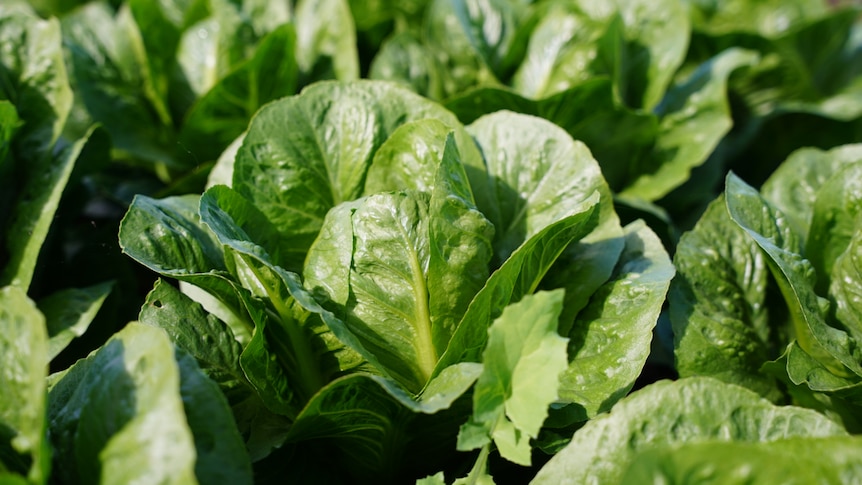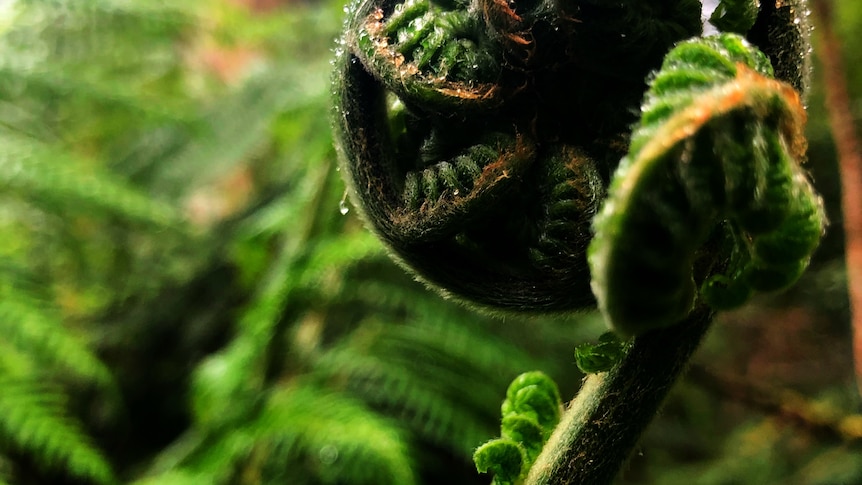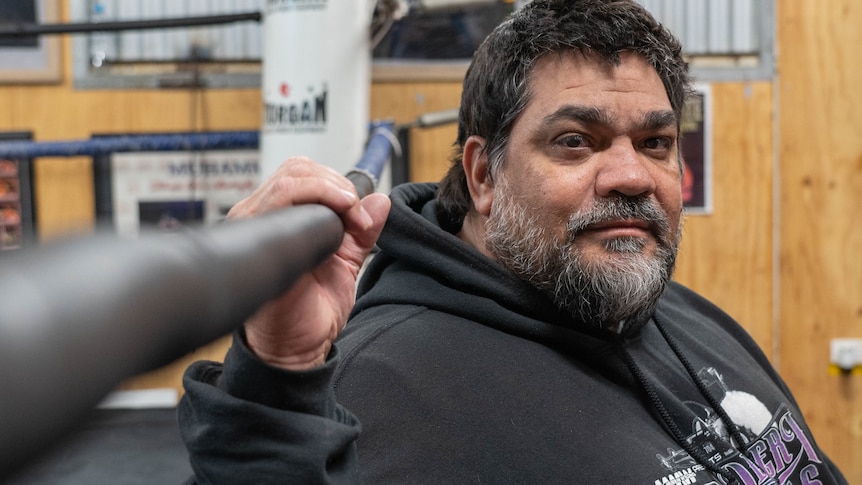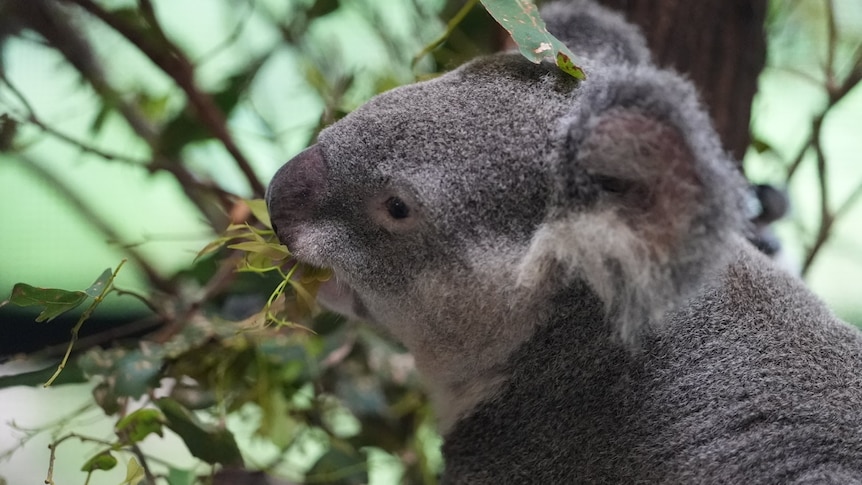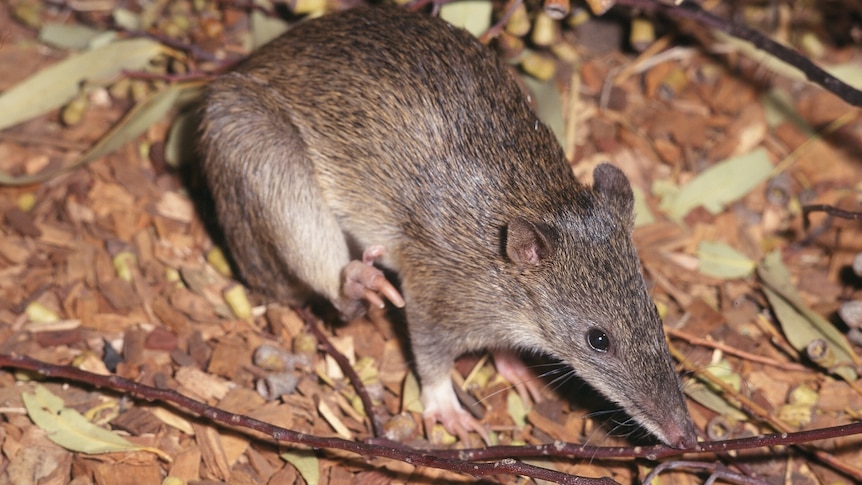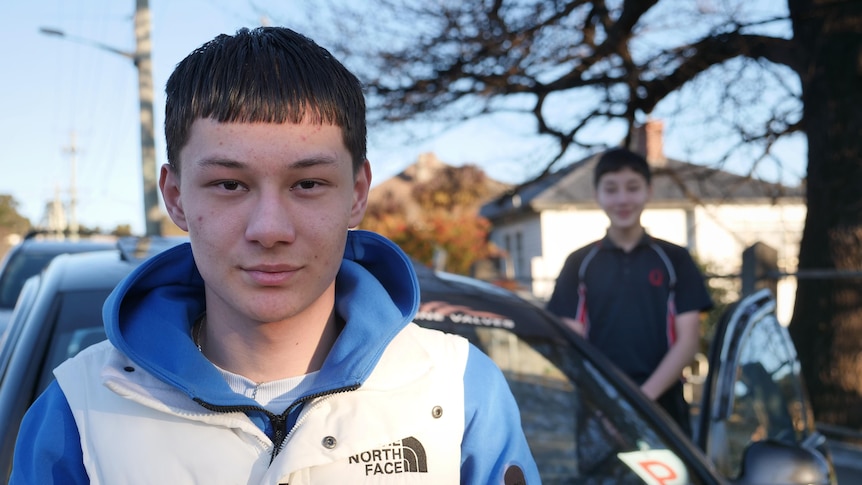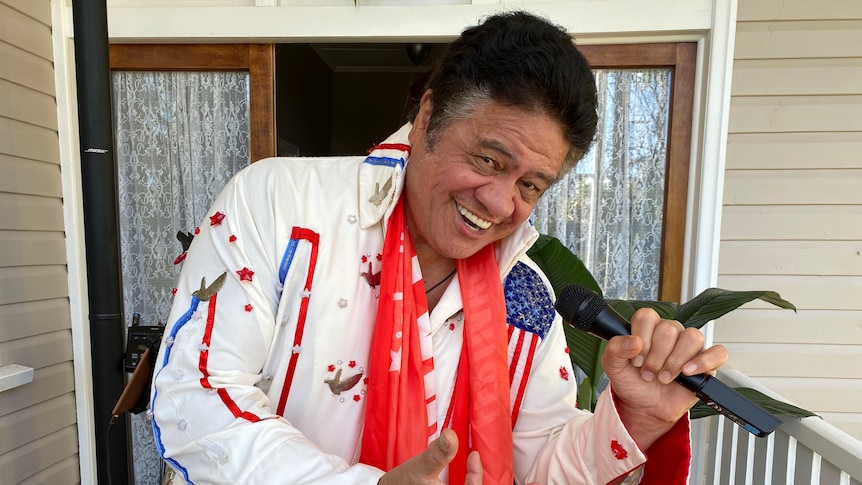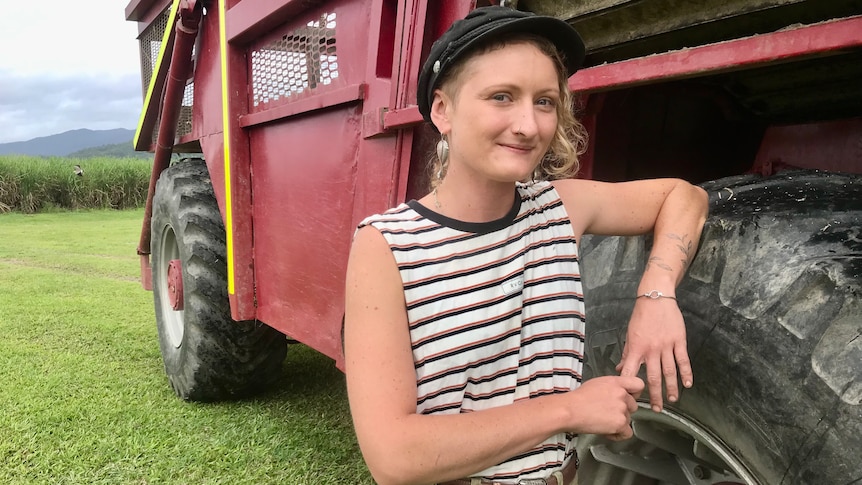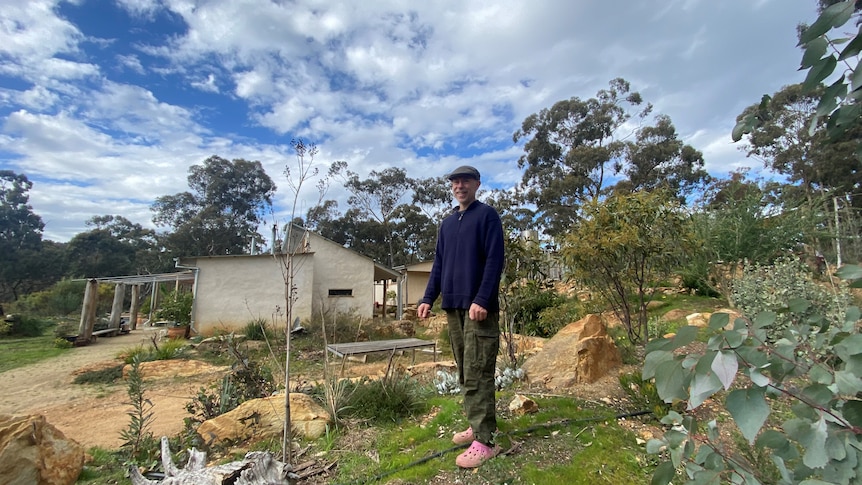After months of paying $10 for lettuce, shoppers can expect some relief with Queensland growers getting back on track, three months after they were devastated by flooding.
Key points:
- Prices for leafy greens are expected to fall as production returns to normal
- Lettuce prices skyrocketed after two major floods in the Lockyer Valley
- Growers say they are still coping with the increasing cost of inputs, which will be reflected in prices
Prices for the salad staple skyrocketed after flooding in May wiped out millions of dollars worth of vegetables in the Lockyer Valley, west of Brisbane.
Mulgowie Yowie Salads director Shannon Moss said he had only started full production about two weeks ago.
“We’ve had nice weather where a lot of growers have got stock coming on,” Mr Moss said.
“I was going through the photos [of the flooding] and I’m thinking how it’s hard to look at it, look at the devastation that was here.
“It is nice to see the paddocks recover and the farm get back into some sort of normality.”
Mr Moss said he was now producing about 30,000 cos lettuces a week for markets in Sydney, Melbourne and Brisbane.
He said prices had remained high for so long because the season had had to start from scratch.
“You have to remember a seedling in a nursery takes about four to six weeks to grow, then it’s another eight weeks in the ground to grow lettuce.
“So you’re looking at three to four months to grow any kind of lettuce.”
Further price drop expected
Toowoomba-based greengrocer Bevan Betros said prices had halved in recent weeks.
“I think we can afford to eat iceberg lettuce again … they are a good size, they’ve got a bit of weight in them — they’re very good value again,” Mr Betros said.
He said prices would remain stable over the coming weeks.
“I don’t think they’ll get much cheaper just for the next week or two.
“There may be some gaps in the plantings due to the floods and what people were able to do when they could get on and off their property.”
Mr Betros said he expected prices would continue to fall heading into October.
“They’ll get back down as the warm weather comes on, as we get into spring.
“We should be getting down under $2 again, hopefully in September.”
But don’t get used to it
Despite lettuce production returning to normal, shoppers are being warned not to get used to low prices.
Director of Coastal Hydroponics on the Gold Coast and Growcom chairwoman Belinda Frentz said a price reduction would likely be short term.
“We’ll start seeing the prices of most leafies coming back to what we would expect to be a normal sort of price,” Ms Frentz said.
“Obviously we’ve got input cost pressures that are having a significant impact on businesses and recouping costs and seeing prices sort of not leveling out — there’s going to be some increases.”
Ms Frentz said farmers were still dealing with high labour, fuel and fertilizer costs.
“Growers are being hit in every pocket that they’ve got.”
Is there a right price?
While prices have dropped, growers want them to remain at levels where their businesses can survive.
“If we get down to $1.50 for retail lettuce that’s not going to be sustainable for too long,” Mr Moss said.
“You know, fuel levies are up 20 to 25 per cent, fertilizer prices are up another 25 to 30 per cent and diesel is up another 30 to 40 per cent, so our product needs to be up around 30 to 40 per cent,” he said.
Ms Frentz hoped the severity of the losses endured by farmers during the floods would demonstrate to consumers how exposed the industry was.
“It was probably the first time as an industry we’ve actually been able to demonstrate how at risk we actually are,” she said.
“Especially with climate change, the reality for us is that we are going to have events outside of our normal patterns and that’s what we have experienced so far this year.”
But Ms Frentz hoped the industry could lift and start doing what it did best – put food on our plates.
“We really just want consumers to understand that when product is available, enjoy it, celebrate it, consume lots of it, put it on every plate, and enjoy what we do.”
.
